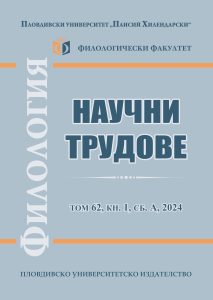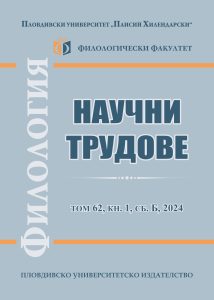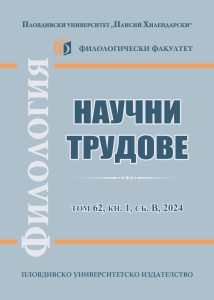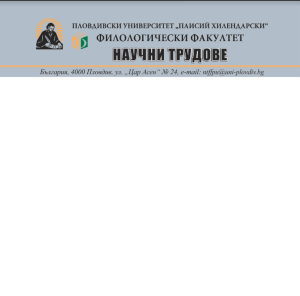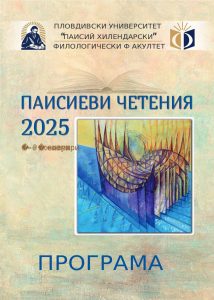VOL. 58, BOOK 1, PART А, 2020 Full text (Bg)
Author: Yulia Miteva
Affiliation: St. Cyril and St. Methodius University of Veliko Tаrnovo
Abstract
The period from the 11th to the 13th century marked a high point in the large-scale process of conquest and colonization of the Iberian Peninsula, known as the Reconquista. The Crowns of Castile and Aragon strengthened their expansive policies across the Al-Andalus territory, conquered vast territories,
and settled them with Christians, pushing Muslims to the south. The contact between the two cultural, religious and linguistic communities – the indigenous Andalusian population, on the one hand, and the settlers from the north, on the other, triggered not only processes of acculturation, but also strategies for the preservation of their identity. The purpose of this study is to trace the development of the linguistic and cultural assimilation of four Mudеjar communities in medieval Spain: those in Huesca, Zaragoza, Seville and Murcia.
Key words: social history of language, Reconquista, Mudеjars, acculturation, language change, Andalusian Arabic, Romance languages


